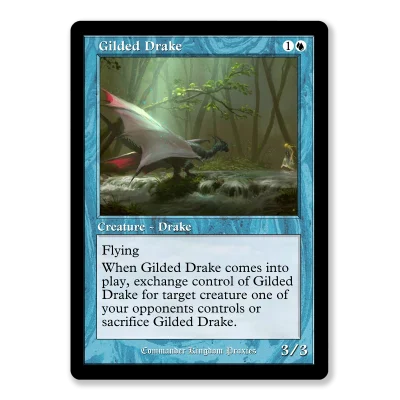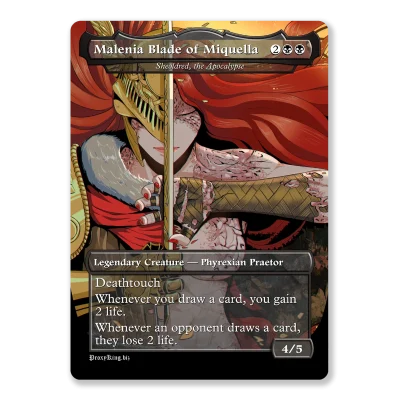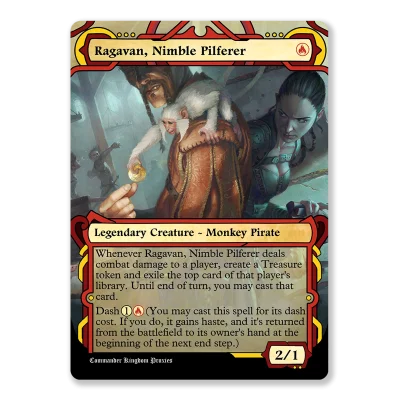In the Commander format of Magic: The Gathering, mana is crucial. Without mana, casting spells is impossible, and without casting spells, you risk falling behind. Commander is essentially an arms race to accumulate resources and execute your deck’s strategy, with mana rocks being a fundamental component.
Mana rocks are artifacts capable of producing mana, offering an excellent method to accelerate your game as you can play as many as you can afford during your turn. They are so essential to the Commander format that several of its most common cards are mana rocks. But which ones should you include in your deck? Here are the top ten mana rocks for Commander.
Despite the ever-evolving nature of Magic: The Gathering’s Commander format, the mana bases have remained remarkably stable over the years. These mana rocks continue to provide a solid foundation for nearly any deck.
The Great Henge
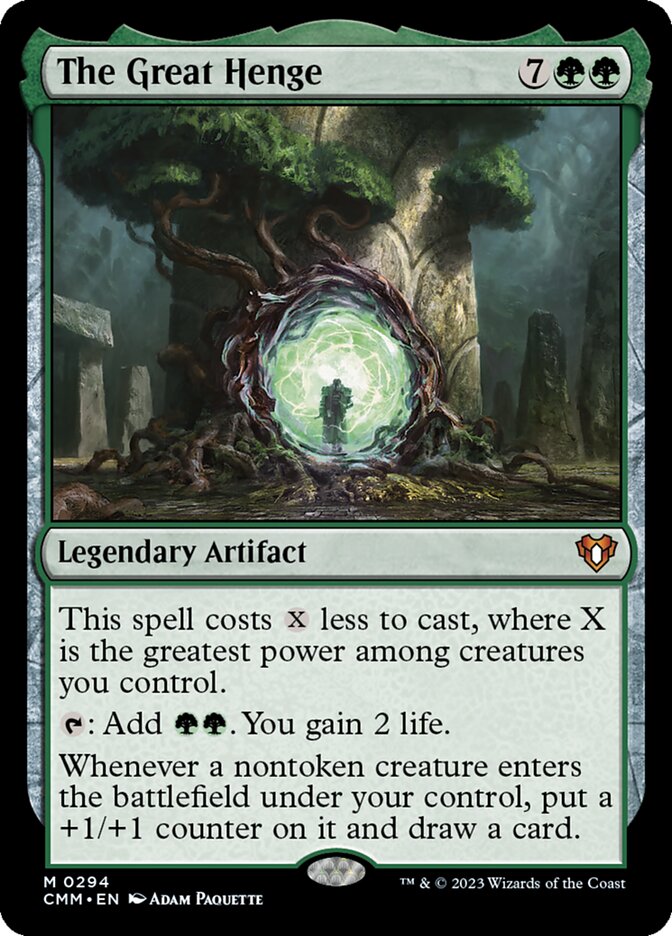
The only colored mana rock on this list, The Great Henge is a powerhouse for almost any deck that incorporates green. It found its footing as a popular mana rock in Commander after being heavily played during its time in the Standard format with the Throne of Eldraine set.
The Great Henge is costly at seven generic and two green mana. However, its cost decreases based on the greatest power among creatures you control. It taps to produce two green mana and two life, adds a +1/+1 counter on any non-token creature entering the battlefield under your control, and offers a card draw. Throne of Eldraine was a potent set, but The Great Henge stands out for its versatility.
Chromatic Lantern
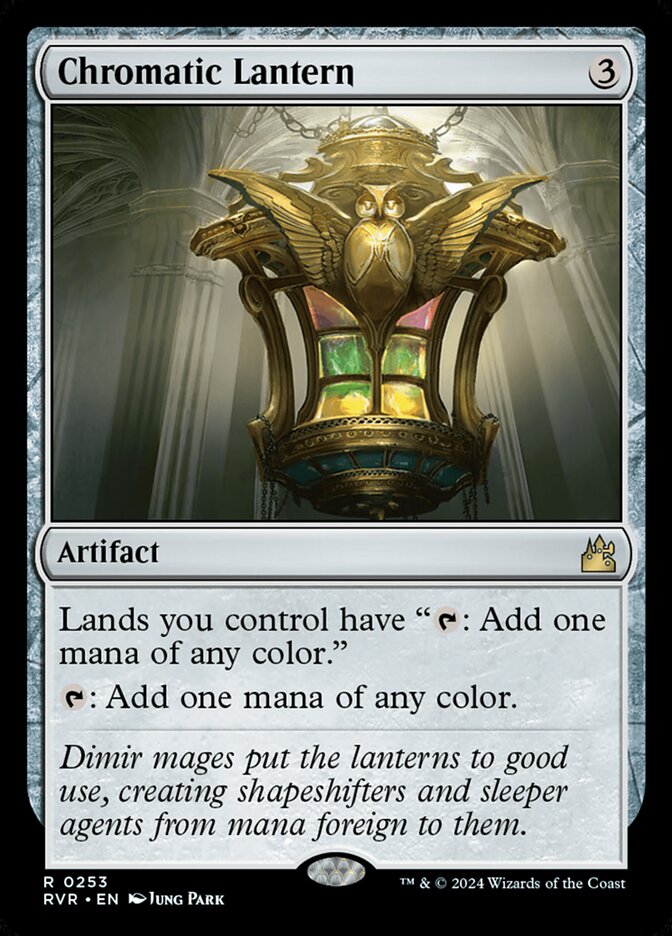
Chromatic Lantern serves both as a mana rock and a mana fixer, smoothing out the colors of mana available to you. For a cost of three generic mana, it can tap for any color and allows lands you control to do the same. In multi-color decks experiencing mana shortages, Chromatic Lantern is a game-changer.
Although not as powerful as Chromatic Orrery, which taps for five colorless and allows mana to be spent as if it were any color, Chromatic Lantern’s lower cost and effective mana-fixing capabilities make it a preferred choice.
Medallions
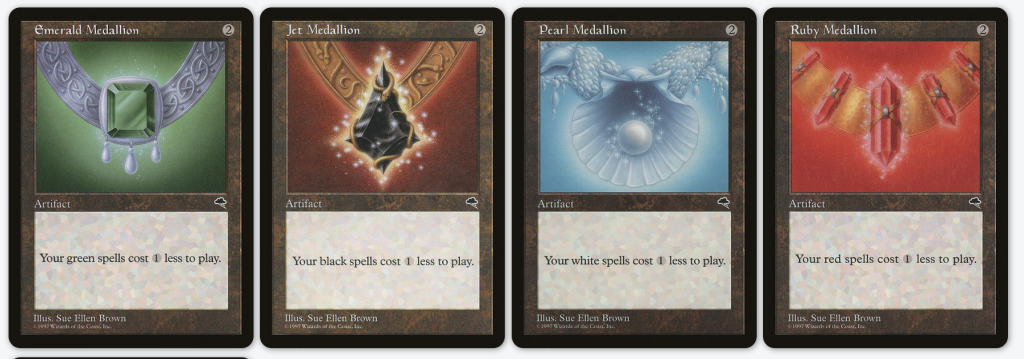
The Medallions, a cycle of artifacts from Magic: The Gathering’s Tempest set, hold a unique position among mana rocks due to their specific utility in mono-colored decks. Unlike traditional mana rocks that tap for mana themselves, Medallions reduce the mana cost of spells of a particular color, effectively serving as a form of mana acceleration for decks heavily invested in a single color. This characteristic allows players to cast more spells per turn or deploy high-cost spells earlier than usual, making them especially powerful in environments where casting efficiency can dictate the pace and outcome of a game.
While Medallions might not directly produce mana, their ability to make spells cheaper can be just as impactful as adding additional mana sources to the field.
Fellwar Stone
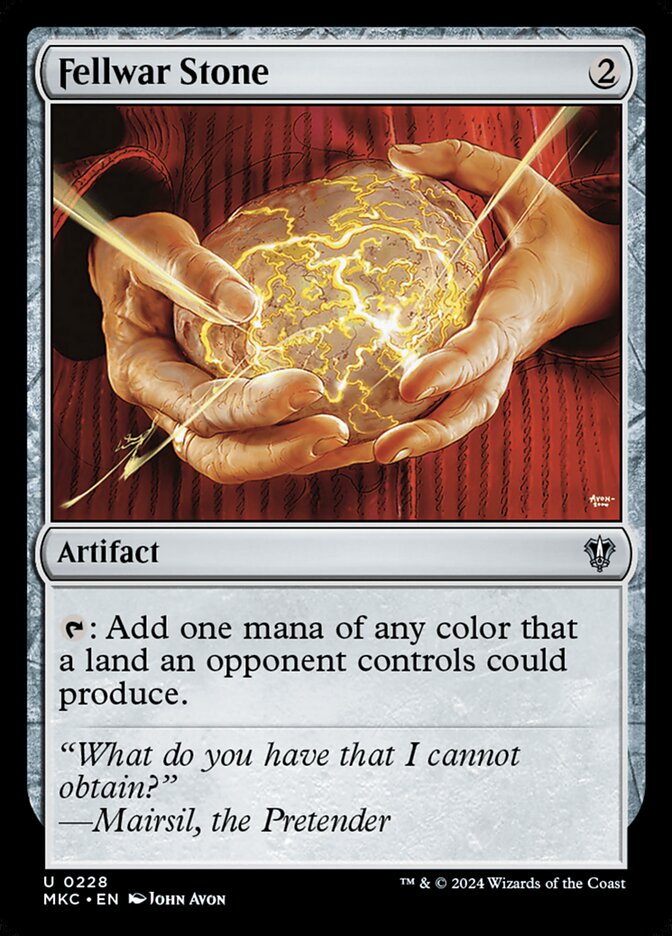
Fellwar Stone is unique in that it generates mana of any color that at least one of your opponents could produce. With three opponents, it’s likely that you’ll share a color with someone, making Fellwar Stone versatile. However, there’s always a chance it becomes a less effective mana rock if no shared colors are present.
Although its popularity has waned in favor of newer alternatives, Fellwar Stone remains a solid option. Its ability to tap for a variety of colors, depending on the game’s dynamics, is invaluable, even if it feels slightly outdated compared to more modern choices.
Commander’s Sphere
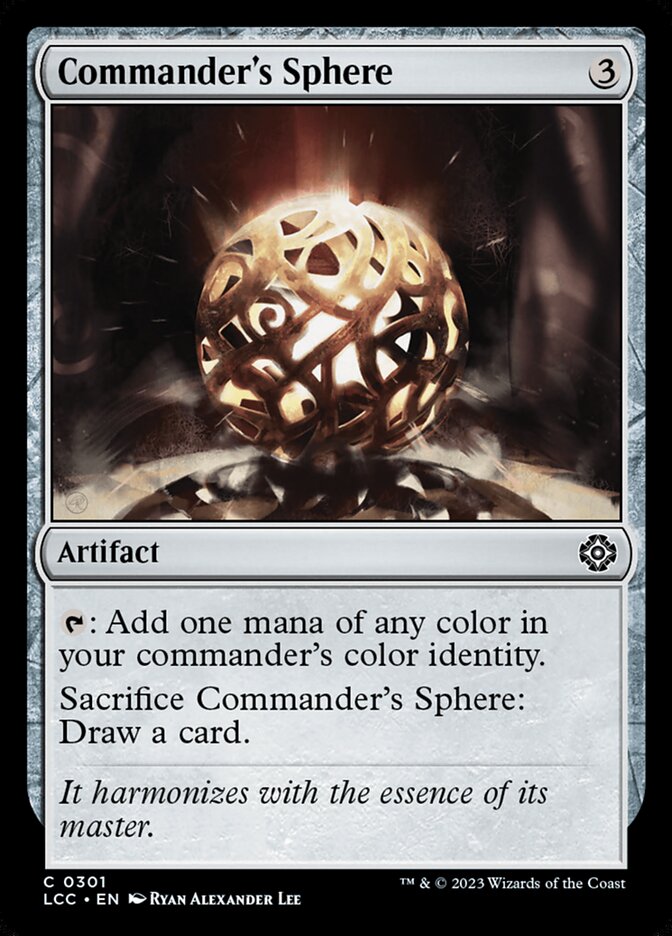
Commander’s Sphere is an iconic card in the format, costing three generic mana and tapping for one mana of any color in your Commander’s color identity. This ensures compatibility with every spell in your deck, avoiding the potential downsides present in options like Fellwar Stone.
Additionally, Commander’s Sphere can be sacrificed to draw a card, offering a benefit even if an opponent attempts to remove it. This feature, especially useful in conjunction with Commanders that can replicate it for continued card draw, enhances its value.
Talismans
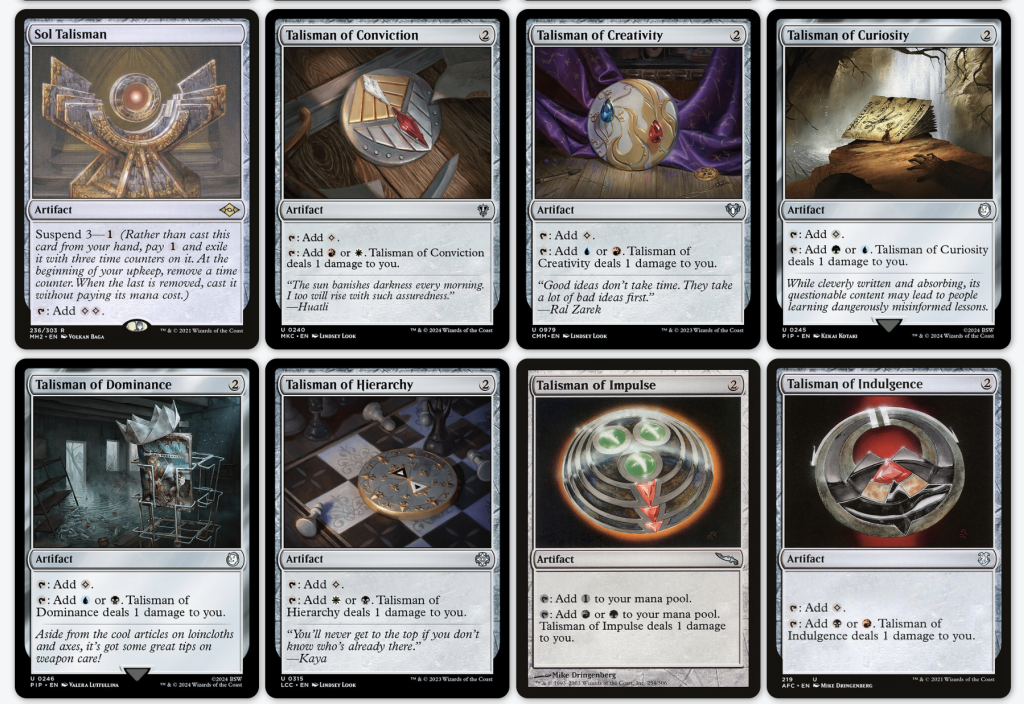
The Talismans, a cycle of ten artifacts costing two mana, are not uniformly popular across Commander decks, but they all share a similar function.
They can tap for one colorless mana or one of two specific colors at the cost of inflicting one damage to you. For instance, Talisman of Creativity provides red or blue mana, while Talisman of Hierarchy offers white or black. In a format like Commander, where the high starting life total diminishes the impact of their downside, the Talismans are highly regarded for their flexibility and minimal cost.
Ravnica Signets
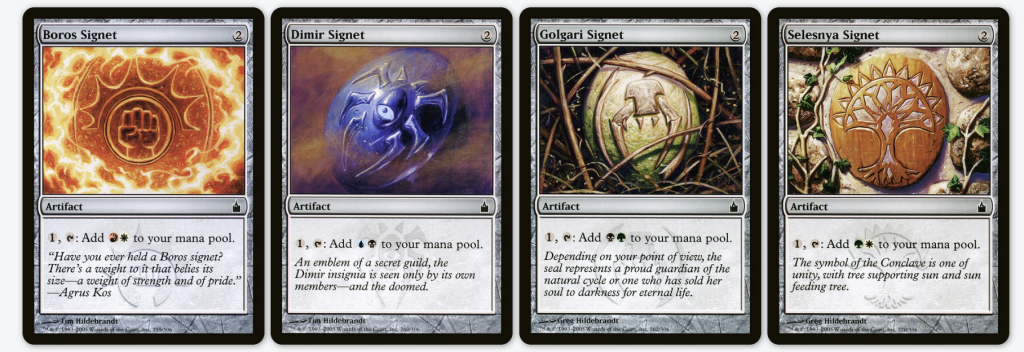
The Ravnica Signets, another cycle of artifacts, vary in popularity but are unified in their functionality.
These mana rocks require an investment of one mana to produce two, specifically in the color pairings associated with their respective Ravnica Guilds. For example, Izzet Signet yields blue and red mana. Although managing them can be cumbersome amidst numerous mana sources, Signets effectively extend limited mana resources and provide valuable mana fixing.
Arcane Signet
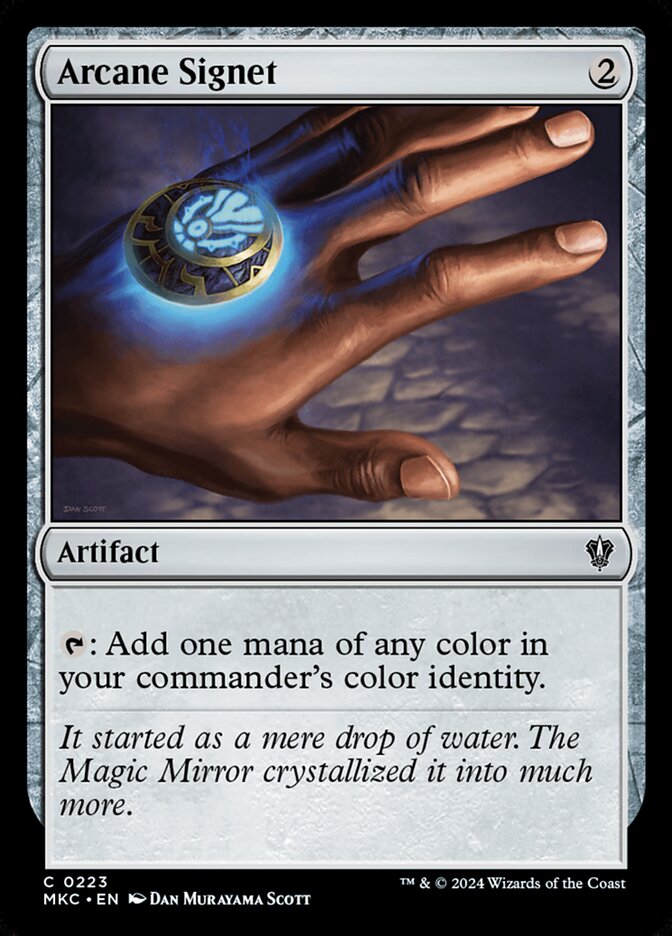
Arcane Signet has become the successor to Fellwar Stone, offering the ability to tap for any color outright for the same cost.
Its introduction in the Throne of Eldraine set, known for its power level, sparked controversy among players and designers regarding its impact on Commander. Given the format’s stability, with few cards being banned or rotated out, the influence of Arcane Signet is significant, underscoring the need for careful design in Commander-specific cards.
Mana Crypt
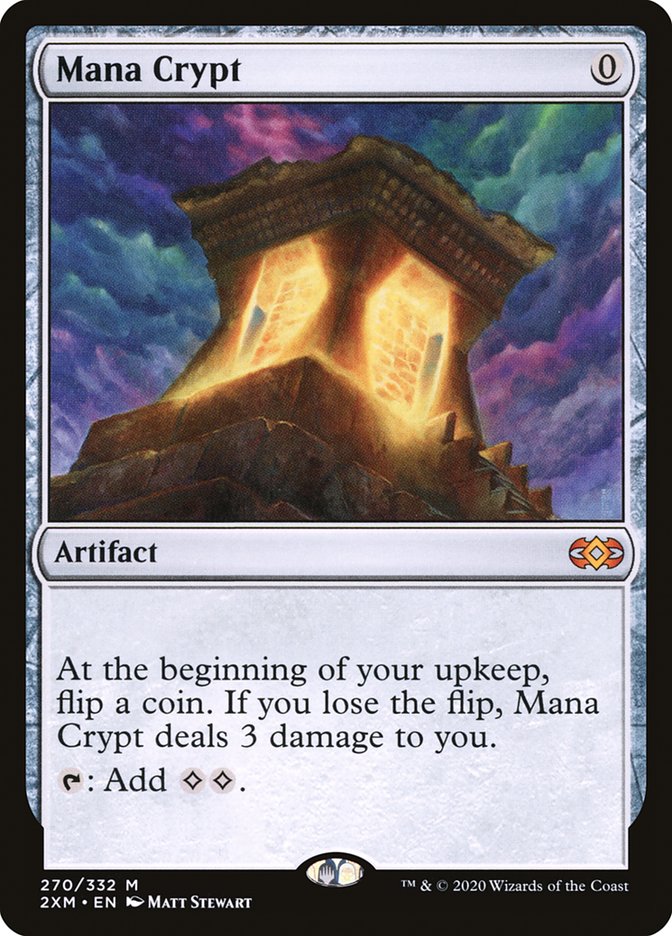
A staple in competitive Commander (cEDH), Mana Crypt is among the best turn-one plays. Costing zero mana and tapping for two generic, its downside—a 50/50 chance of inflicting three damage to you during your upkeep—is negligible in a format where the starting life total is 40.
Mana Crypt is especially relevant in high-powered games that may conclude within a few turns. Despite the potential for self-inflicted damage, the advantage of having two additional mana to advance towards your win condition justifies its inclusion. In essence, Mana Crypt is a cost-free Sol Ring, making it an exceptional choice.
Sol Ring
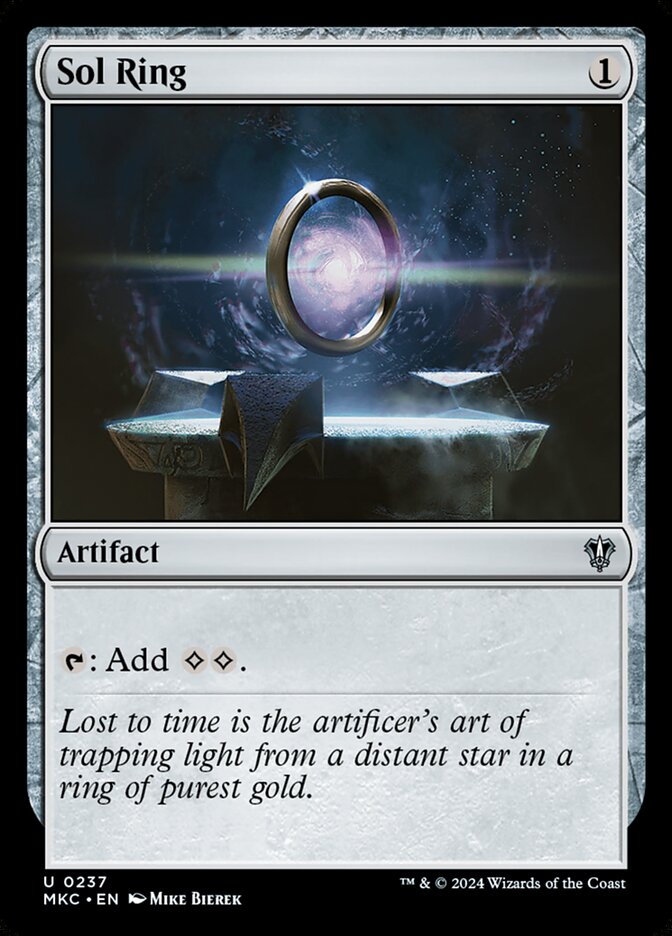
Sol Ring’s dominance is undisputed, making it a staple in nearly every Commander deck. Its legality is exclusive to Commander, with restrictions in Vintage and a ban in Legacy, highlighting its power.
For a mere one generic mana, Sol Ring taps for two colorless, making it an essential inclusion in Commander decks. Its widespread use in preconstructed decks and its presence in over 82% of decks cataloged on EDHRec reflect its ubiquity and influence on the format. While some argue that Sol Ring’s automatic inclusion stifles creative deckbuilding, its effectiveness as a mana rock is undeniable.
FAQ about MTG Mana Rocks
1. What are Mana Rocks in Magic: The Gathering (MTG)?
Mana Rocks are artifacts that a player can tap to generate mana. They are crucial for accelerating mana production, enabling players to cast spells earlier than they could with land drops alone.
2. Why are Mana Rocks important in MTG?
Mana Rocks are important for several reasons: they speed up your game by allowing you to play more expensive spells sooner, help fix your mana by providing various colors of mana, and can offer additional utility beyond just mana production.
3. What are some of the most popular Mana Rocks?
Some of the most popular Mana Rocks include Sol Ring, known for its low cost and high output of colorless mana; Arcane Signet, which provides flexibility in mana colors; and Mana Crypt, offering high-risk, high-reward ramp capabilities.
4. How do I choose which Mana Rocks to include in my deck?
Your choice of Mana Rocks should depend on your deck’s strategy, color requirements, and the speed at which you aim to play. Consider the cost, color output, and any additional effects the Mana Rock may have.
5. Can Mana Rocks replace lands in a deck?
While Mana Rocks provide mana acceleration and can be an essential part of your mana base, they should not replace lands. A balanced deck will include a mix of lands, Mana Rocks, and other ramp mechanisms to ensure consistency in mana production.
6. Are there any downsides to using Mana Rocks?
The main downside is their vulnerability to artifact removal spells. Relying too heavily on Mana Rocks can leave you at a disadvantage if your opponent can easily destroy them. Balancing Mana Rocks with other types


